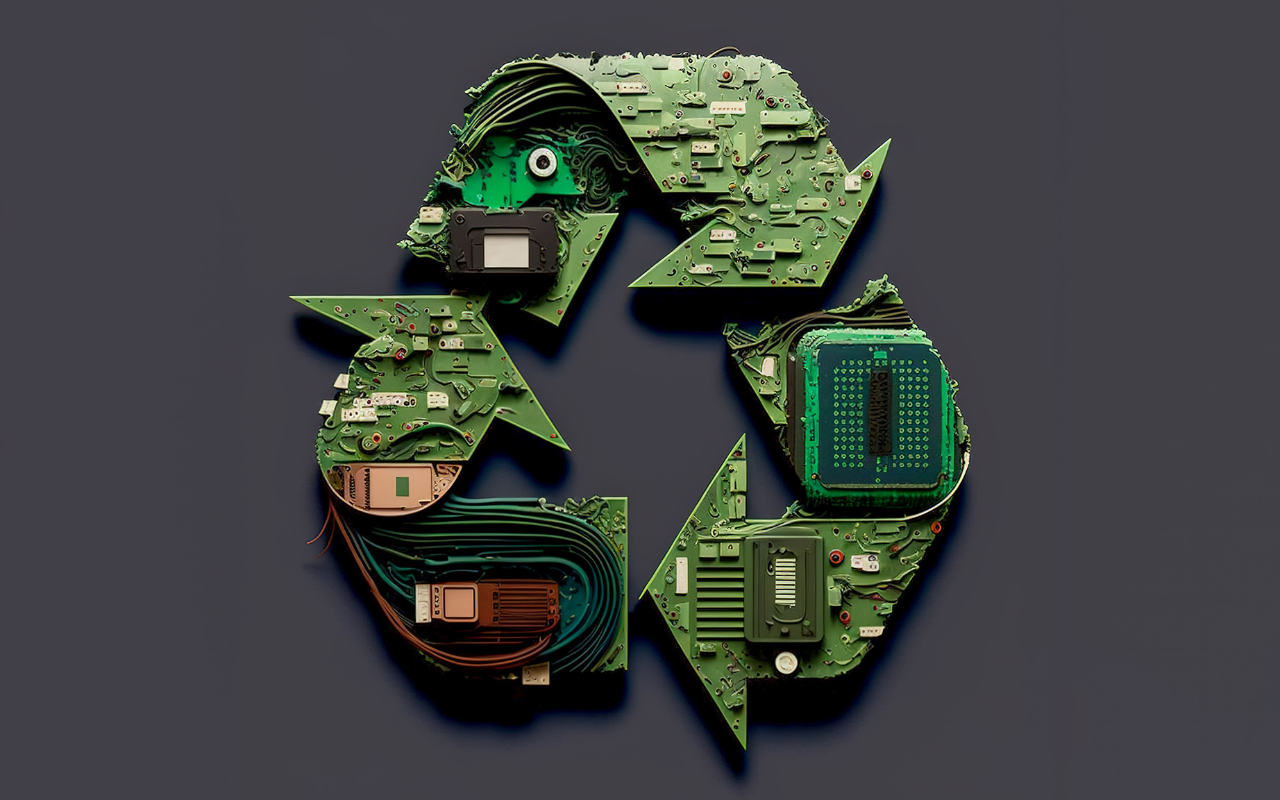Address
1 Woodville Rd, Granville NSW 2142, Australia
Work Hours
Monday to Friday: 9AM - 5PM
Weekend: Saturday - Sunday
Address
1 Woodville Rd, Granville NSW 2142, Australia
Work Hours
Monday to Friday: 9AM - 5PM
Weekend: Saturday - Sunday

In today’s rapidly evolving digital age, electronic waste (e-waste) is one of the fastest-growing waste streams worldwide. As global e-waste continues to rise, innovative recycling technologies are emerging to reduce environmental harm and reclaim valuable materials. These groundbreaking advancements are paving the way for a greener, more sustainable future in the electronics industry. In this article, we explore 10 mind-blowing innovations in the world of electronic recycling that are transforming how we manage e-waste.
One of the most significant innovations in e-waste recycling is the development of advanced robotics. Robots equipped with artificial intelligence (AI) and machine learning (ML) algorithms can now efficiently sort e-waste, separating different components like metals, plastics, and precious materials. This technology enhances recycling efficiency, reduces human error, and increases the recovery of valuable resources.
Traditional e-waste recycling methods rely heavily on mechanical processes, but hydrometallurgical techniques are gaining ground as a cleaner alternative. These processes use water-based chemicals to extract precious metals like gold, silver, and palladium from electronic devices, offering a more environmentally friendly solution compared to smelting. Hydrometallurgy not only reduces toxic emissions but also improves the recovery rate of high-value metals.
AI is revolutionizing e-waste recycling by automating the sorting process. With the help of AI-powered algorithms, recycling facilities can now accurately identify and categorize materials in e-waste, making the entire process faster and more efficient. This reduces costs, increases recycling rates, and minimizes the environmental impact associated with e-waste disposal.
The concept of the circular economy is gaining traction in the electronics industry. By designing products that can be easily disassembled and recycled, companies are reducing the lifecycle impact of their electronics. Circular economy models encourage manufacturers to take responsibility for the entire life cycle of their products, ensuring they are recycled responsibly at the end of their use.
A game-changing innovation in e-waste recycling is the development of biodegradable circuit boards. Traditional circuit boards, made from non-biodegradable materials, contribute to significant environmental pollution. Biodegradable alternatives, made from organic materials such as plant fibers and natural resins, offer a sustainable solution that reduces e-waste’s long-term environmental impact.
Smart collection systems are transforming how e-waste is collected. These systems use sensors and GPS technology to optimize collection routes, reducing fuel consumption and improving the efficiency of e-waste pick-up. Additionally, these systems can provide real-time data on the amount and type of e-waste collected, enabling better resource management and more targeted recycling efforts.
As the world focuses on reducing carbon emissions, carbon-neutral e-waste recycling facilities are becoming a reality. These facilities use renewable energy sources like solar or wind power, combined with energy-efficient technologies, to reduce their carbon footprint. By implementing these green practices, recycling centers can contribute to the global push for sustainability while effectively processing e-waste.
Plasma arc technology is an emerging technique that uses high-temperature plasma to break down complex electronic components. This innovative process allows for the efficient extraction of precious metals and the reduction of harmful byproducts, making it one of the most promising technologies for e-waste recycling.
Lithium-ion batteries, commonly used in smartphones, laptops, and electric vehicles, are a significant component of e-waste. The demand for efficient battery recycling technologies has led to the development of advanced methods for extracting valuable materials like lithium, cobalt, and nickel from used batteries. By recycling these batteries, we can reduce the environmental impact of mining and create a sustainable supply of these critical materials.
3D printing is emerging as a powerful tool in e-waste recycling. With the ability to repurpose old electronic components into new products, 3D printing helps reduce the demand for new raw materials. Companies are using 3D printers to create useful products such as phone cases, accessories, and even new electronic parts from recycled e-waste materials.
The innovations discussed above highlight the tremendous progress being made in the field of electronic waste recycling. As e-waste continues to pose a significant environmental challenge, these groundbreaking technologies provide solutions to reduce the impact on our planet. By embracing these innovations, we can create a sustainable future for electronics, where valuable resources are reclaimed, and waste is minimized.